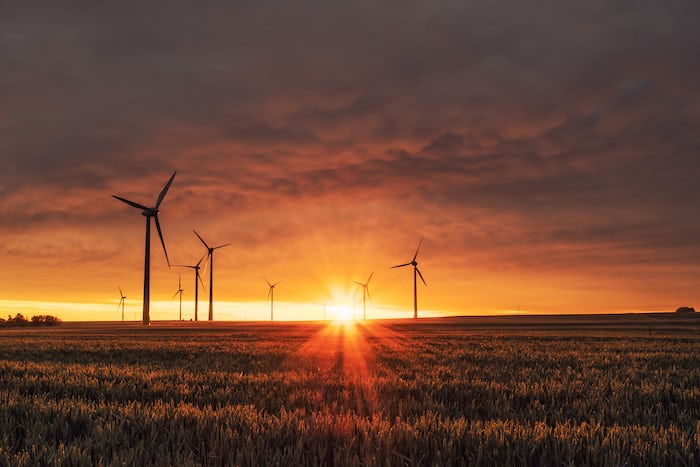Huawei’s latest invention, the Private Broadband Network known as Evolved Long-Term Evolution (eLTE), is set to target the hydroelectric industry. This network will enable voice transmission, data, and video services in hydroelectric generation plants as well as in underground areas. This new technology will allow workers to experience smooth communication at all times.
A major advantage the eLTE has is its capacity to pierce through thick concrete walls popularly seen in hydroelectric plants. This thick wall often affects existing communication systems like industrial two-way radios. With Huawei’s eLTE Broadband Network, communication, and operational management services will be more reliable.
The eLTE solution is designed to enhance plant operations, power generation, and distribution, including modern structures that promote efficient communication. This feature is applied to both indoor and outdoor working environments. It also supports group audio and video calls, as well as a push-to-talk feature majorly used in half-duplex communications systems.
Effective communication is crucial for the smooth operation of a hydroelectric plant, making eLTE an essential tool for enhancing operations across the entire company.
Currently, the eLTE solution is being implemented in West Africa, with successful testing carried out at Ghana’s Bui Power Authority (BPA). Ghana’s Energy Minister, Dr. Matthew Opoku Prempeh, emphasized the significance of technologies like eLTE in optimizing the country’s operations, aligning with its goal of achieving universal electricity access by 2025. The minister made these remarks during the commissioning of the new Huawei system
For countries heavily reliant on hydropower like Kenya, the eLTE solution is highly suitable. Huawei views hydropower producers such as KenGen as potential clients. In Kenya, approximately 57% of power production comes from hydroelectric sources, while around 32% is derived from thermal power, with the remaining portion being geothermal and emergency thermal power.
As Africa continues to integrate more clean energy options into its power generation plans, the eLTE solution is expected to attract more users and facilitate the optimization of operations in the continent’s hydroelectric sector.
 We just launched our WhatsApp channel. Want to get the latest news from the Tech in Africa?
We just launched our WhatsApp channel. Want to get the latest news from the Tech in Africa?



